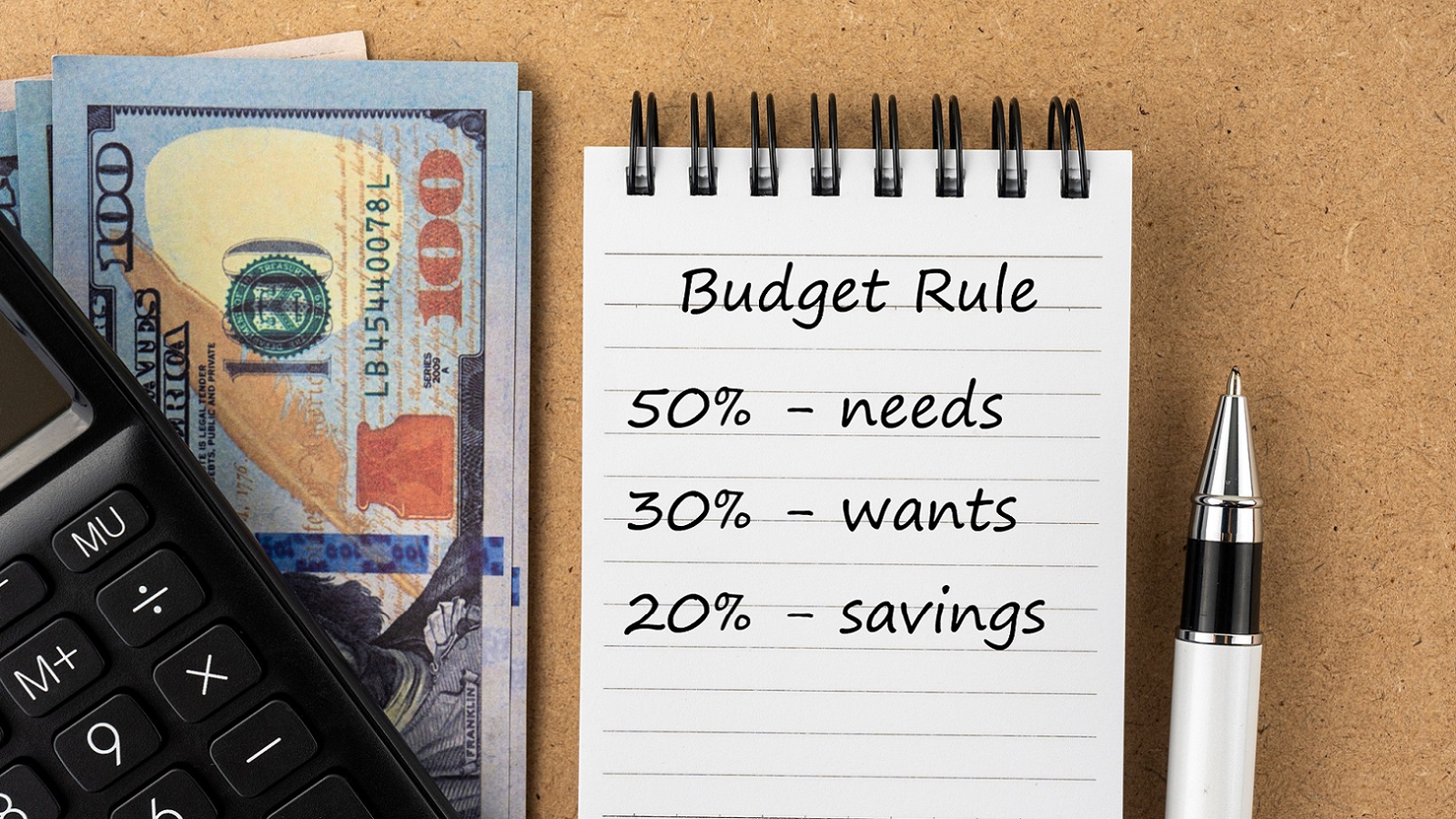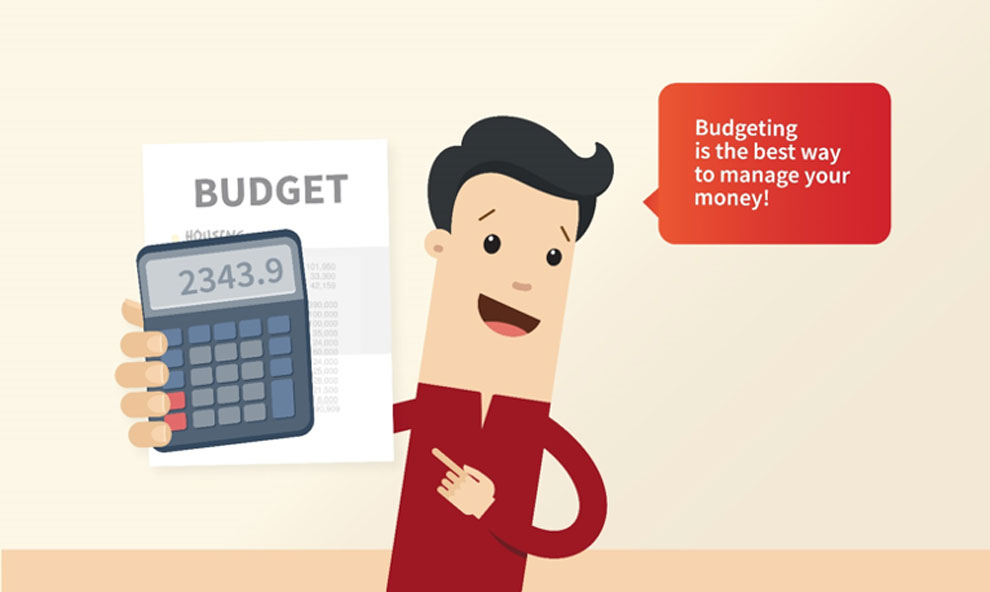
Managing money wisely starts with one essential tool — a monthly budget. A well-planned budget helps you control spending, reduce financial stress, and reach your goals faster. Whether you want to save for a vacation, pay off debt, or simply stop living paycheck to paycheck, creating a monthly budget that truly works can make all the difference. Here’s a complete guide to help you build a budget that fits your lifestyle and actually lasts.
1. Understand Why You Need a Budget

Before you start crunching numbers, it’s important to understand why budgeting matters. A budget gives you a clear picture of where your money goes each month. It helps you track your income and expenses so you can make informed decisions rather than guessing.
Without a plan, it’s easy to overspend or lose track of small expenses that add up. Budgeting ensures that your money works for you — not the other way around. It empowers you to prioritize needs, cut unnecessary costs, and achieve long-term financial stability.
2. Determine Your Monthly Income
The first step in building a budget is knowing how much money you actually make. Calculate your net income — the amount you take home after taxes and deductions. Include all sources of income, such as your salary, freelance work, investments, or side gigs.
If your income varies from month to month, use an average from the past three to six months. It’s always better to underestimate your income slightly to avoid overspending.
3. Track Your Expenses
Next, track every expense for a month to see where your money is going. Divide your spending into categories such as:
- Fixed expenses: rent or mortgage, utilities, insurance, loan payments, etc.
- Variable expenses: groceries, entertainment, dining out, gas, etc.
- Irregular expenses: annual subscriptions, car maintenance, or holiday gifts.
You can use a spreadsheet, budgeting app, or even a notebook — whatever you find easiest. The key is consistency. When you see your spending patterns clearly, it becomes much easier to identify areas where you can cut back or adjust.
4. Set Financial Goals

A budget without goals is just a list of numbers. Goals give your budget purpose and direction. Think about what you want to achieve in the short and long term.
Short-term goals could include building an emergency fund or paying off a small debt. Long-term goals might be buying a home, saving for retirement, or funding your child’s education.
Be specific and realistic. For example, instead of saying “I want to save money,” try “I want to save $300 a month toward a vacation next year.” Clear goals help you stay motivated and focused.
5. Choose a Budgeting Method
There are several budgeting techniques, and the right one depends on your personality and lifestyle. Here are a few popular methods:
- 50/30/20 Rule: Allocate 50% of your income to needs, 30% to wants, and 20% to savings or debt repayment.
- Zero-Based Budget: Assign every dollar a purpose so that your income minus expenses equals zero.
- Envelope System: Use cash envelopes for each spending category to limit overspending.
- Pay Yourself First: Prioritize savings by setting aside money before paying other expenses.
Try different methods until you find one that fits your habits and goals. The best budget is the one you’ll actually stick to.
6. Plan for Savings and Emergencies
A good budget includes savings as a non-negotiable expense. Aim to save at least 10–20% of your income each month. Start by building an emergency fund that covers three to six months of living expenses.
This fund acts as a safety net for unexpected events like job loss, car repairs, or medical bills. Once your emergency savings are stable, you can focus on other goals like investing or paying down high-interest debt.
7. Review and Adjust Regularly

Life changes — and so should your budget. Review it monthly to see what’s working and what’s not. Did you overspend on dining out? Did you save more than expected?
Adjust your categories based on your spending habits, income changes, or new goals. Budgeting isn’t about perfection; it’s about progress and awareness. Small tweaks each month can make a huge difference over time.
8. Use Tools to Stay Organized
Budgeting doesn’t have to be complicated. Use modern tools and apps to simplify the process. Apps like Mint, YNAB (You Need a Budget), or EveryDollar can automatically track spending, categorize expenses, and show you where your money goes in real time.
If you prefer manual control, spreadsheets like Google Sheets or Excel templates work great too. The goal is to choose a system that makes tracking easy and stress-free.
9. Stay Consistent and Patient
Creating a budget that works is not about strict restriction; it’s about mindful spending. It takes time to build good financial habits, so be patient with yourself. If you overspend one month, don’t give up — learn from it and try again next month.
Consistency is key. The longer you stick with your budget, the easier it becomes to manage money confidently and reach your financial goals.
Final Thoughts
A successful budget is not about perfection — it’s about control, awareness, and flexibility. When you understand your income, track your expenses, set goals, and review regularly, you create a system that supports your lifestyle and dreams.
Start today, even if it’s simple. Over time, your budget will become your most powerful tool for financial freedom and peace of mind.
